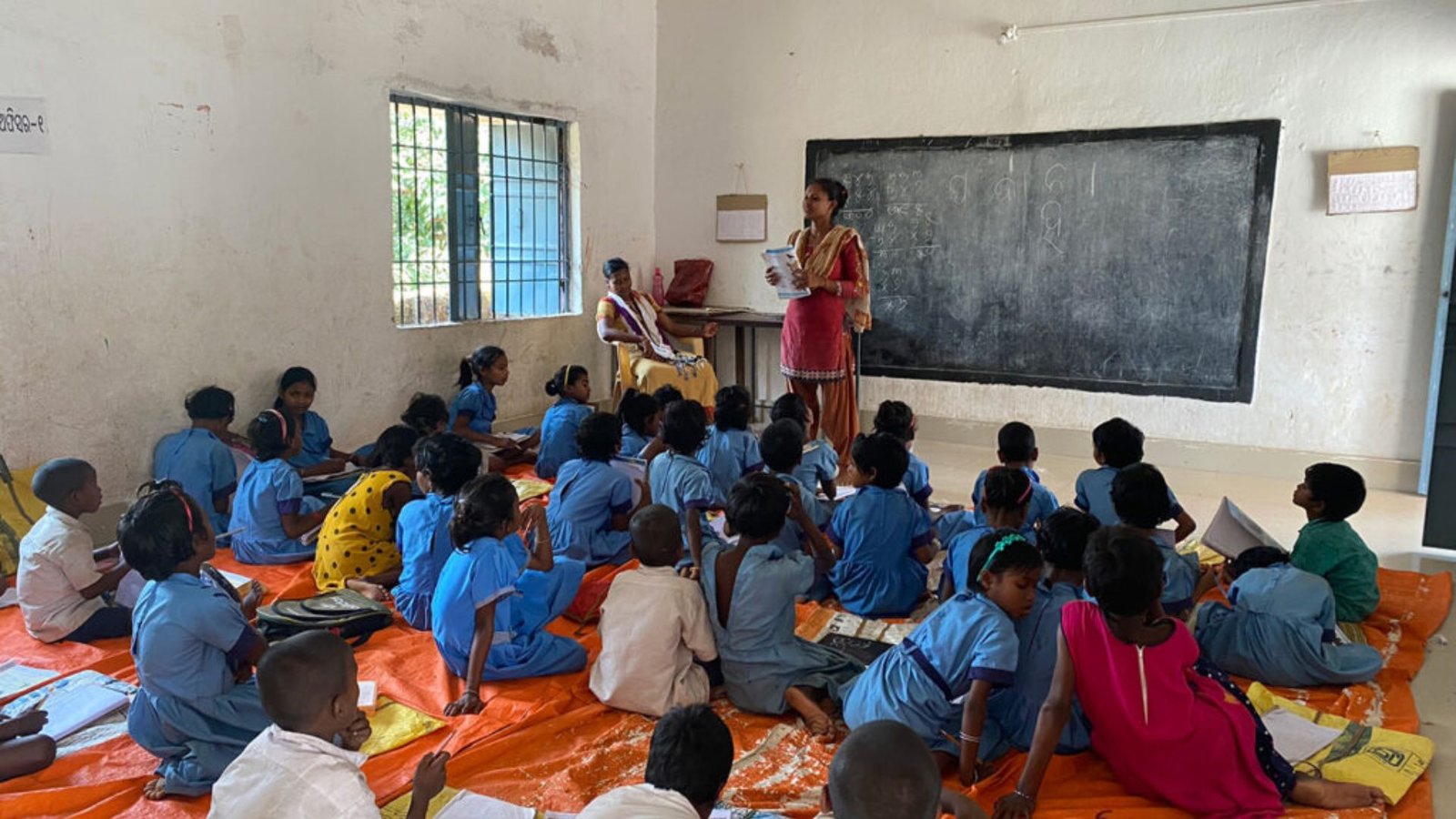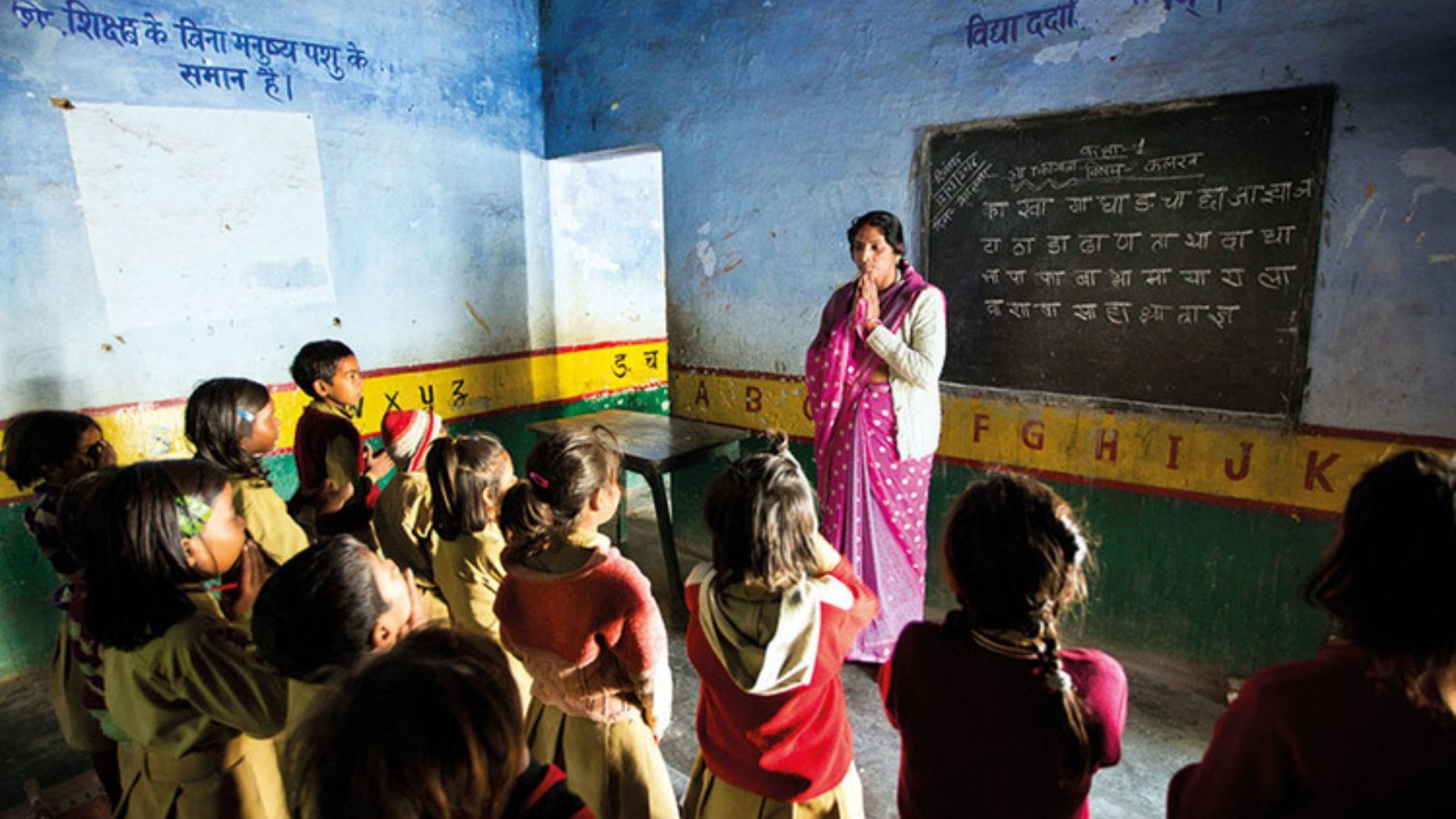Tips for Teaching Indian Languages to Children
Teaching Indian languages to children can be a rewarding experience, but it requires careful planning and creativity. If you’re looking to introduce your child to an Indian language, here are some effective tips for teaching Indian languages to children.
1. Start Early
When it comes to teaching Indian languages to children, starting early is crucial. Young children are more likely to pick up new languages quickly and effortlessly. Begin introducing the language in simple, everyday contexts to make learning natural and enjoyable.

2. Use Interactive Methods
Engage children with interactive methods. Games, songs, and storytelling in the target language can make learning fun. For instance, language-based games like matching words with pictures or simple puzzles can enjoyably reinforce vocabulary.
3. Incorporate Visual Aids
Visual aids are essential in teaching Indian languages to children. Use flashcards, colourful charts, and picture books to help kids associate words with images. Visual aids make abstract concepts more concrete and easier to understand.
4. Practice Regularly
Consistency is key when it comes to learning a new language. Set aside a specific time each day for language practice. Short, frequent sessions are often more effective than long, irregular ones. Regular practice helps reinforce learning and maintain interest.
5. Encourage Speaking
Encourage children to speak the language as much as possible. Create opportunities for them to use the language in real-life situations, such as during family meals or playtime. Speaking practice boosts confidence and helps in mastering pronunciation.
6. Use Technology
Leverage technology to make learning engaging. There are many apps and online resources designed to teach Indian languages to children. Educational games, interactive lessons, and language learning videos can supplement traditional teaching methods.
7. Include Cultural Context
Integrate cultural aspects into language lessons. Understanding the culture associated with a language enhances the learning experience. Introduce children to traditional festivals, music, and customs related to the language they are learning.
8. Read Together
Reading is a powerful tool in teaching Indian languages to children. Choose age-appropriate books in the target language and read together. Discuss the story, ask questions, and encourage children to retell the story in their own words.
9. Be Patient and Supportive
Learning a new language takes time, so be patient and supportive. Celebrate small achievements and offer encouragement. Creating a positive learning environment helps children stay motivated and interested in continuing their language studies.
10. Use Flashcards and Word Lists
Flashcards and word lists are useful tools for reinforcing vocabulary. Create flashcards with pictures and words or phrases, and review them regularly. This method helps children memorize new words and their meanings effectively.
11. Make Learning Fun
Turn language learning into a fun activity. Use music, dance, and crafts to create a dynamic learning environment. For example, singing songs or performing simple plays in the target language can make lessons enjoyable and memorable.
12. Incorporate Everyday Activities
Integrate the language into daily routines. Label objects around the house with their names in the target language or use the language during everyday activities like cooking or shopping. This practical application helps children see the language’s relevance.
13. Encourage Interaction with Native Speakers
If possible, provide opportunities for children to interact with native speakers. This exposure helps them hear authentic pronunciation and use the language in natural conversations. Arrange playdates or virtual meetings with speakers of the language.
14. Set Realistic Goals
Set achievable goals for language learning. Break down the learning process into manageable steps and celebrate progress along the way. Setting clear and realistic goals helps children stay focused and motivated.
15. Create a Language-rich Environment
Surround children with the language as much as possible. Play music, watch movies, and follow media in the target language. The more they are exposed to the language, the more natural it will become to them.
Conclusion
Teaching Indian languages to children is a rewarding endeavour that can enrich their lives and connect them to their heritage. By starting early, using interactive methods, and incorporating cultural elements, you can make learning a new language both fun and effective. Consistency, patience, and creativity are key to fostering a love for language and ensuring long-term success.
Transform Your Business with SPBala’s Expert Services
SPBala offers innovative solutions to enhance your business operations, providing services that cater to a variety of industries. Our team is dedicated to helping you streamline processes, improve efficiency, and drive growth. Whether you need consulting or tailored strategies, we ensure the best results for your business. For those looking to explore other entertainment options, visit australia online casinos for a guide to the top online casinos in Australia.



